45+ Sample Fact Sheets
-

Industry Statistics Fact Sheet
download now -

Project Fact Sheet
download now -

Fact Sheet for Patient
download now -

Fund Fact Sheet
download now -

Health Fact Sheet
download now -

Sample Fact Sheet Template
download now -

Unemployment Insurance Fact Sheet
download now -
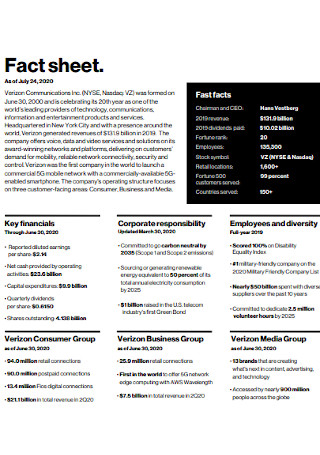
Fact Sheet Format
download now -
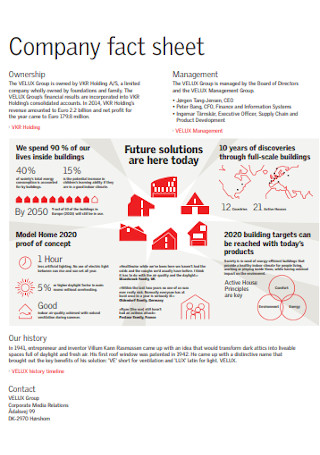
Company Fact Sheet
download now -

Simple Fact Sheet Template
download now -

Activity Fact Sheet
download now -

Payroll Fact Sheet
download now -

Education Fact Sheet
download now -

Patient Fact Sheet Development Template
download now -

Quarterly Fact Sheet
download now -

Safe Fact Sheet
download now -

School Breakfast Fact Sheet
download now -

Technical Fact Sheet
download now -

Fact Sheet for Health Care
download now -

Corporate Fact Sheet
download now -

Climate Fact Sheet
download now -

Budget Fact Sheet
download now -

Student Fact Sheet Template
download now -

Paint Products Fact Sheet
download now -

Investor Relations Fact Sheet
download now -

Formal Fact Sheet Template
download now -

Technical Fact Sheet
download now -

Capital Fact Sheet
download now -

Food Fact Sheet
download now -

Medicare Fact Sheet
download now -
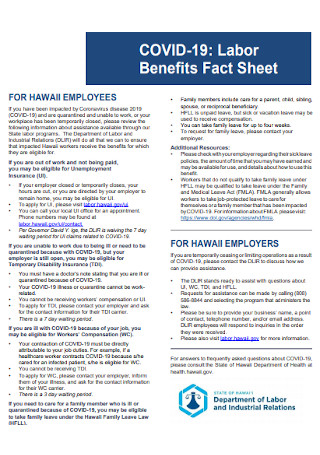
Labor Benefits Fact Sheet
download now -

Substance Fact Sheet
download now -

Travel Fact Sheet
download now -
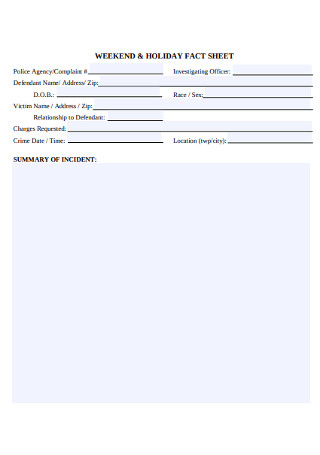
Holiday Fact Sheet
download now -

Loan Estimate Fact Sheet
download now -

Industrial General Permit Fact Sheet
download now -

Pubic Lice Fact Sheet Template
download now -

Covid Fact Sheet
download now -
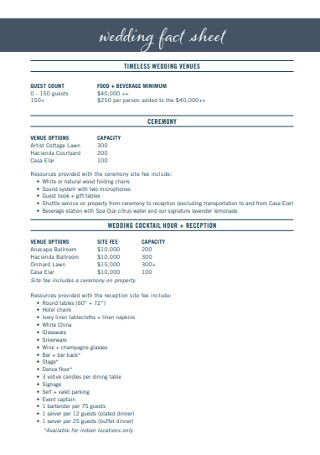
Wedding Fact Sheet
download now -

Tournament Fact Sheet
download now -

Prion Disease Fact Sheet
download now -
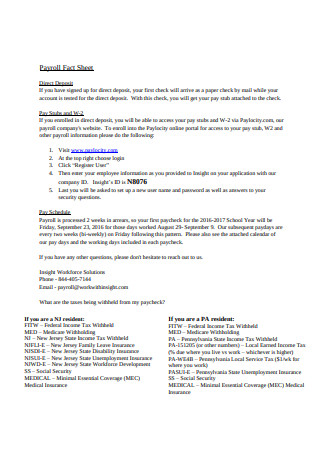
Payroll Fact Sheet Template
download now -

Safe Guarding Fact Sheet
download now -

Standard Fact Sheet Template
download now -

Graduation Fact Sheet
download now -

Home Fact Sheet
download now
What Are Fact Sheets?
Fact sheets contain shareable data of any business or organization. Not just any shareable data is distributed because they are a list of the essential points needed to emphasize in informing the public. So, a fact sheet contains engaging information arranged in an inverted pyramid—meaning the presented data starts with the most important points down to the less significant ones. More so, details shall be presented in a way where it is more concise and easier to understand for the public, which explains why many sheets include graphs, tables, charts, and visual organizers. Most importantly, such documents are factual, so fake news is discouraged.

Kent State Univerity defines fact sheets as documents that convey new data to report evidence (Valente, 2005) and reinforce educational strategies to boost one’s knowledge (Weiler, 1998.)
Meanwhile, it was reported as of 5:15 PM, October 1, 2020, that there were already 33,842,281 confirmed COVID-19 cases worldwide.
Why Use Fact Sheets?
Just like an information sheet, the fact sheet lists a collection of info. And since hoax sites and fake stories are dominating many platforms, the truth is slowly being hidden. So, fact sheets aim in avoiding fake news by ensuring all details enlisted are confirmed and based on credible sources, similar to how news writing is done. You can also cover a lot of facts, which prove that fact sheets are useful to many applications. You can use the document for sales, marketing, PR, internal reporting, real estate, startup facts, etc.
Furthermore, a fact sheet summarizes details. Fact sheets are usually a single-page document, so there is no need to keep lengthy forms. Documents in numerous pages can be shortened; thus, making it easier for people to read and understand. More so, it saves time in reading and processing information. According to Kent State University’s definition of fact sheets, the documents also convey new information to report for evidence (Valente, 2005) and reinforce educational strategies to enhance one’s knowledge (Weiler, 1998.) And that definition proves how the documents play a great role in education too.
What Are the Elements of a Fact Sheet?
Do you ever wonder what a fact sheet contains? People may have a different format, style, content, or design to their fact sheets, but there are common aspects to notice too. And in this segment, we outlined some of the key elements inside a standard fact sheet.
Tips on How to Make Fact Sheets
Since the fact sheet’s definition, uses, and elements are clearly explained, are you ready to create your version of a fact sheet now? Do not worry because we got you covered. In fact, we have ready-made sample templates for you to explore and customize. Just familiarize the content and fill in every blank to complete the document. You can even adjust the format due to its editable features. And since you already have a template, your only concern is how to perfect the sheet. Here are the tips to make fact sheets:
1. Balance How Much Info to Add
It is no surprise that facts are important. Yet, it is discouraged to add too much information. Remember that you can always figure out which details are critical and which ones are less significant in research. The most crucial elements are the factors you should include in the fact sheet. Be sure to understand your purpose in making the sheet because it marks as your guide on what to include or exclude. For example, you might be making a fact sheet targeting medical professionals. Ensure that the details inside are important to them or you would miss targeting them otherwise.
2. Base on Credible Sources
We already reiterated that you should be careful about all data sources written in the fact sheet. If people call you out for spreading fake news, it will bring down your reputation big time, especially for major false claims. This statement explains why research is essential. Just because there is plenty of information online, it does not mean everything is factual. A tip is to read reviews or feedback of your sources to know how credible they are. Or perhaps, you can check a website’s domain authority as your basis.
3. Structure Your Facts and Details
When you are finished fact-checking, check how you structured all your facts. Maybe they seem to be disorganized, and you must work on a better flow for your presentation. A common structure is an inverted pyramid where the most important and intriguing factors are presented first. And at the same time, ensure that the sequence of each detail is in a logical order. Maybe one sentence is insignificant to the paragraph it belongs to. Thus, transfer that sentence to another paragraph where it is relevant. Be in the shoes of the reader if you think the overall structure of facts is good enough. That way, you will know what details to change or retain.
4. Mind the Visuals and Overall Presentation
Adding visually pleasant designs and images are more than just keeping a creative or well-designed fact sheet. Those visuals are responsible for making the facts easier to comprehend, as well. For example, you need not write long paragraphs describing certain subjects’ relationships. You present a flow chart to define the relationship instead. Therefore, you showed the relationship which is more effective aside from just defining it. Although you can keep the visuals eye-catching and artistic, try not to overdo it. Otherwise, your sheet might not be taken seriously anymore. Be professional.
5. Inform in a Positive Tone
Have you considered your tone in presenting the data? Check if you wrote in a positive tone. Lightening the tone and using appropriate language is crucial so people would continue reading. As much as possible, do not sound as if you are degrading your audience, threatening them, or just persuading them to do something. And if your words and messages used already sound appropriate, you can produce the sheet already.
FAQs
When are the fact sheets required?
A fact sheet is mandatory when there is a need to present important information. One significant example is related to the 2020 COVID-19 statistics, wherein the World Health Organization (WHO) recorded that the confirmed COVID-19 cases globally already reached 33,842,281 as of October 1, 2020. And besides health issues, examples of when to require a fact sheet include new business products or services, scientific discoveries, historical findings, and general statistics.
What are other names for a fact sheet?
A fact sheet is often referred to as a factsheet, fact file, information sheet, or one sheet. Although the spelling and names may differ slightly, they are somehow similar in terms of function—to state the facts.
Should fact sheets have charts and graphs?
Indeed, you can add a chart, graph, or any visual representation in a fact sheet. But it does not mean that adding those factors is mandatory. Put charts, graphs, and any related example if relevant or necessary only. And they should be presented in a way where readers understand the message conveniently.
Fact sheets can be more than just listing facts. You can incorporate company overviews, product details, technical info, FAQs, photos, “how-to” sections, and other informative content. But be sure you are not compressing the details as though they are not presented smoothly or in an organized manner. Instead, fact sheets should be carefully done to keep them clear, concise, and engaging. You can even add visuals to emphasize significant aspects and inform readers thoroughly. And all you need to achieve that starts by downloading a fact sheet template.
